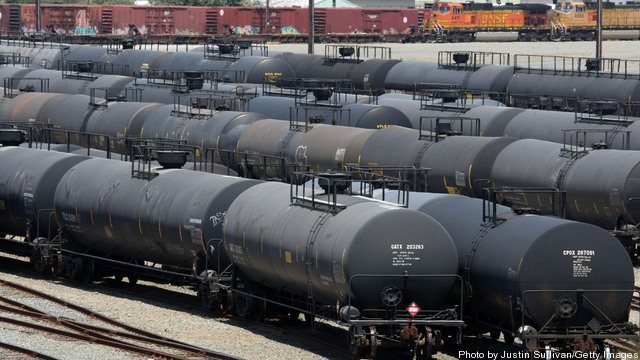
US refining economics have been under pressure in recent years, particularly on the East Coast, where lack of infrastructure or bottlenecks forced some refineries to process crude imported from overseas markets at prices linked to the more expensive Brent benchmark. But independent refiner PBF Energy saw an opportunity and bought 3 major facilities between late 2010 and early 2011 in an effort to access increasing volumes coming on from the Bakken region and Western Canadian oil sands via rail.
PBF acquired 2 refineries located in Delaware City, Delaware and Paulsboro, New Jersey from Valero with a combined refining capacity of 370,000 b/d. Crude was traditionally transported to these plants via barge and ship along the Delaware River, but PBF constructed a crude rail unloading facility at the Delaware City refinery designed to accept shipments from the Mid-Continent and Western Canada at prices linked to West Texas Intermediate – the US benchmark grade – currently trading at a roughly $20/barrel discount to Brent. Keep reading →







